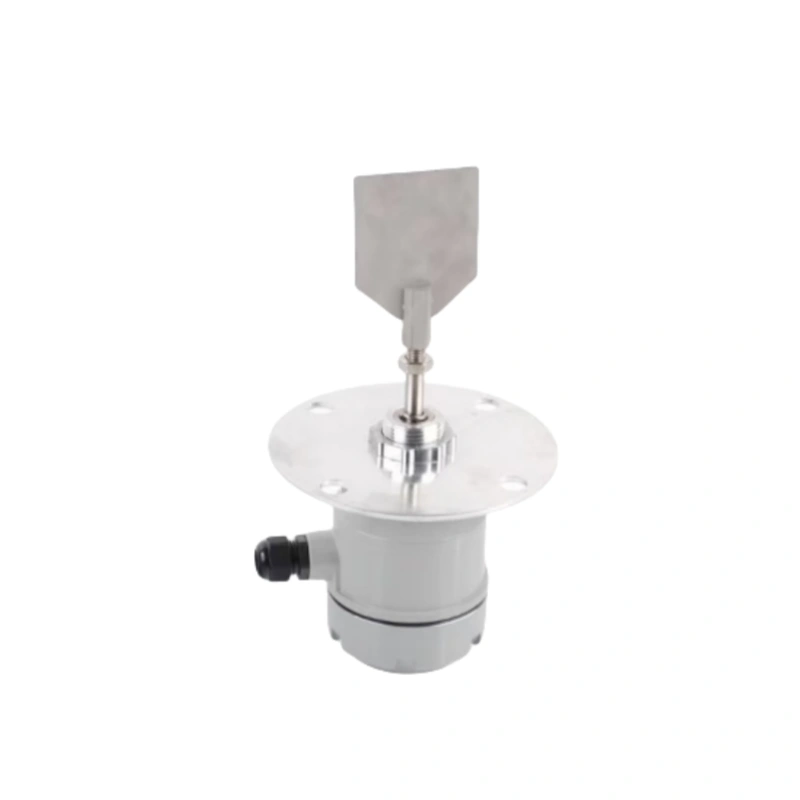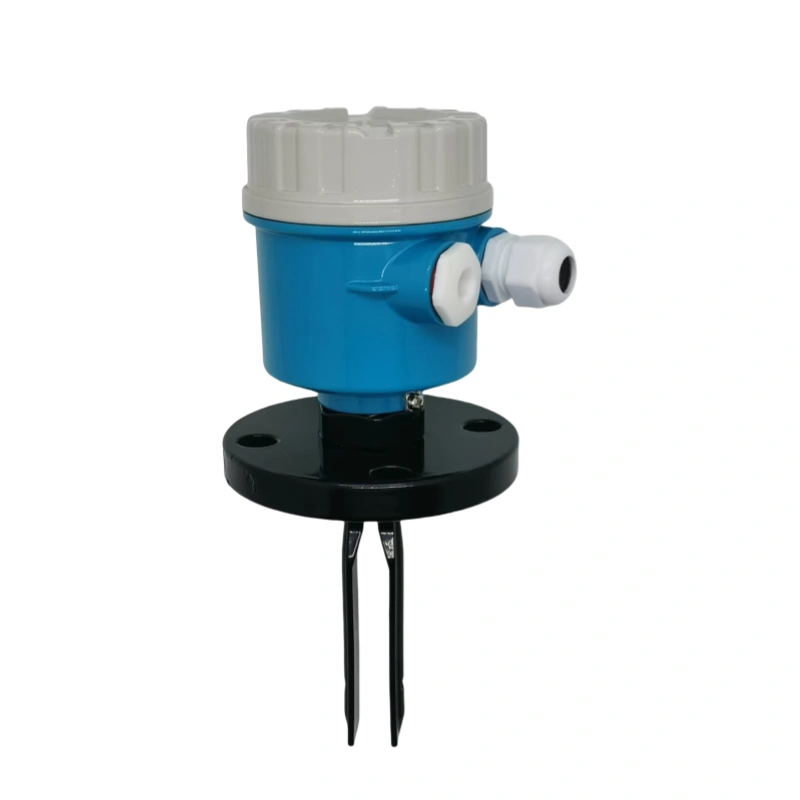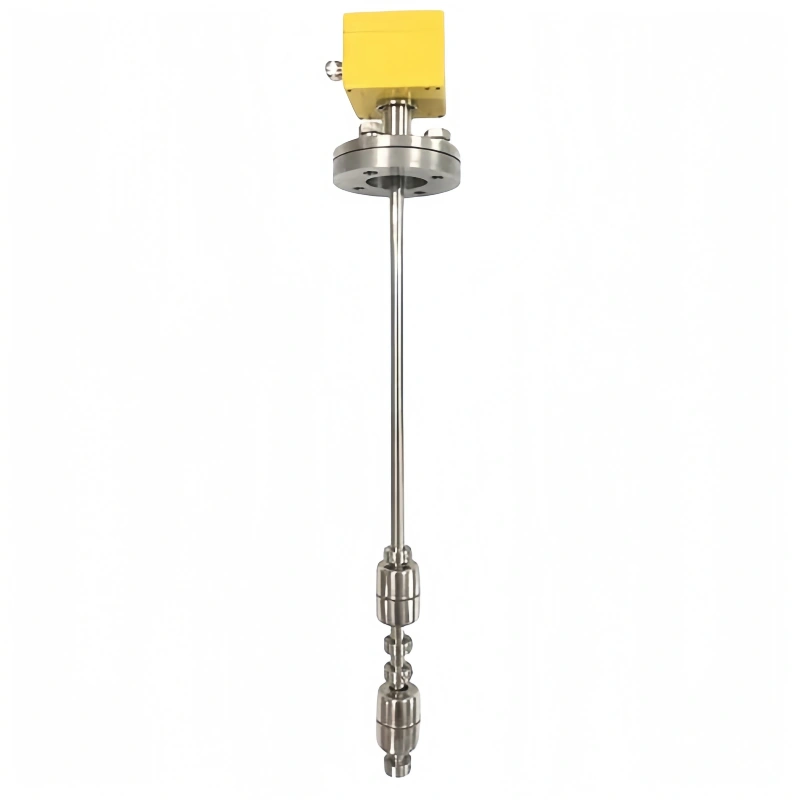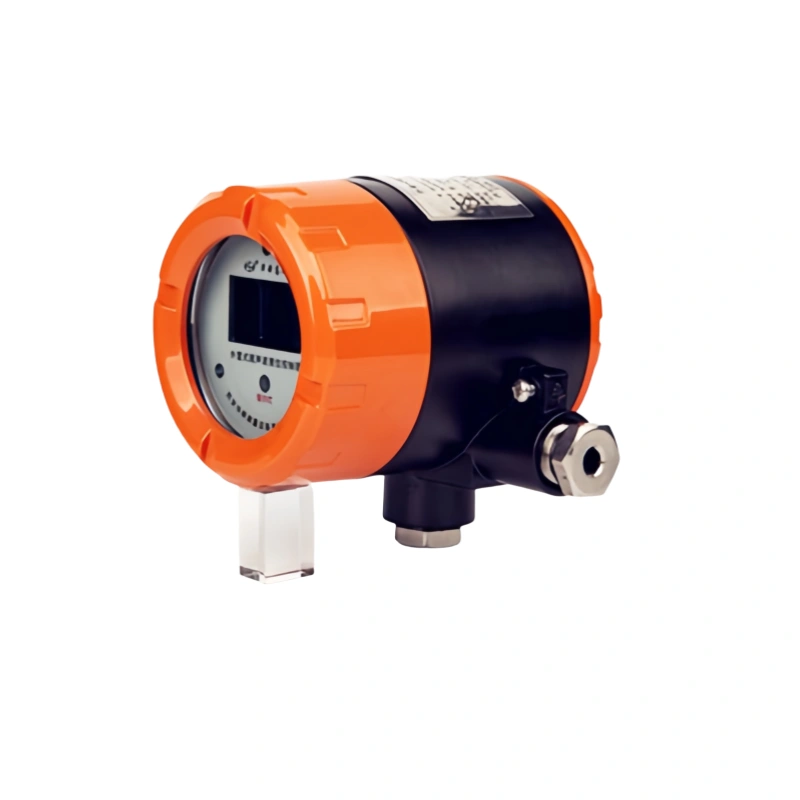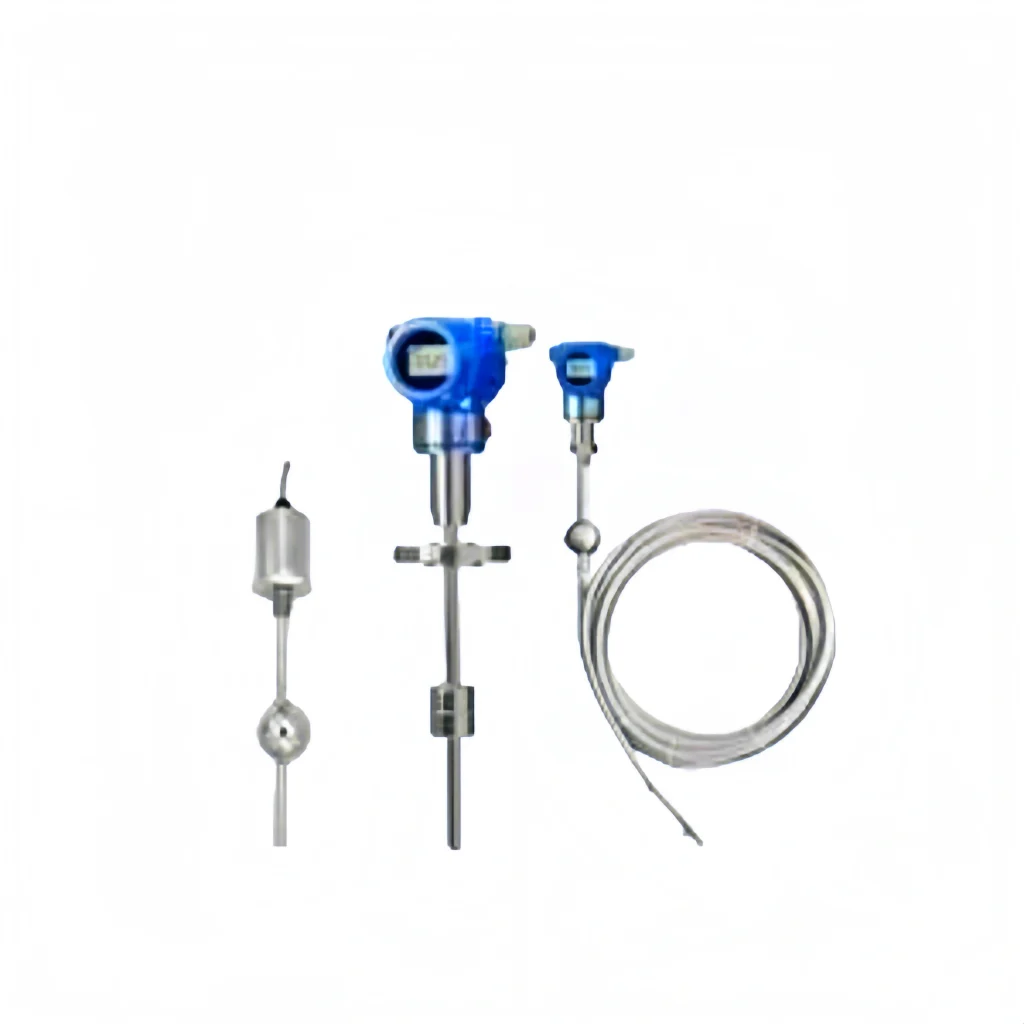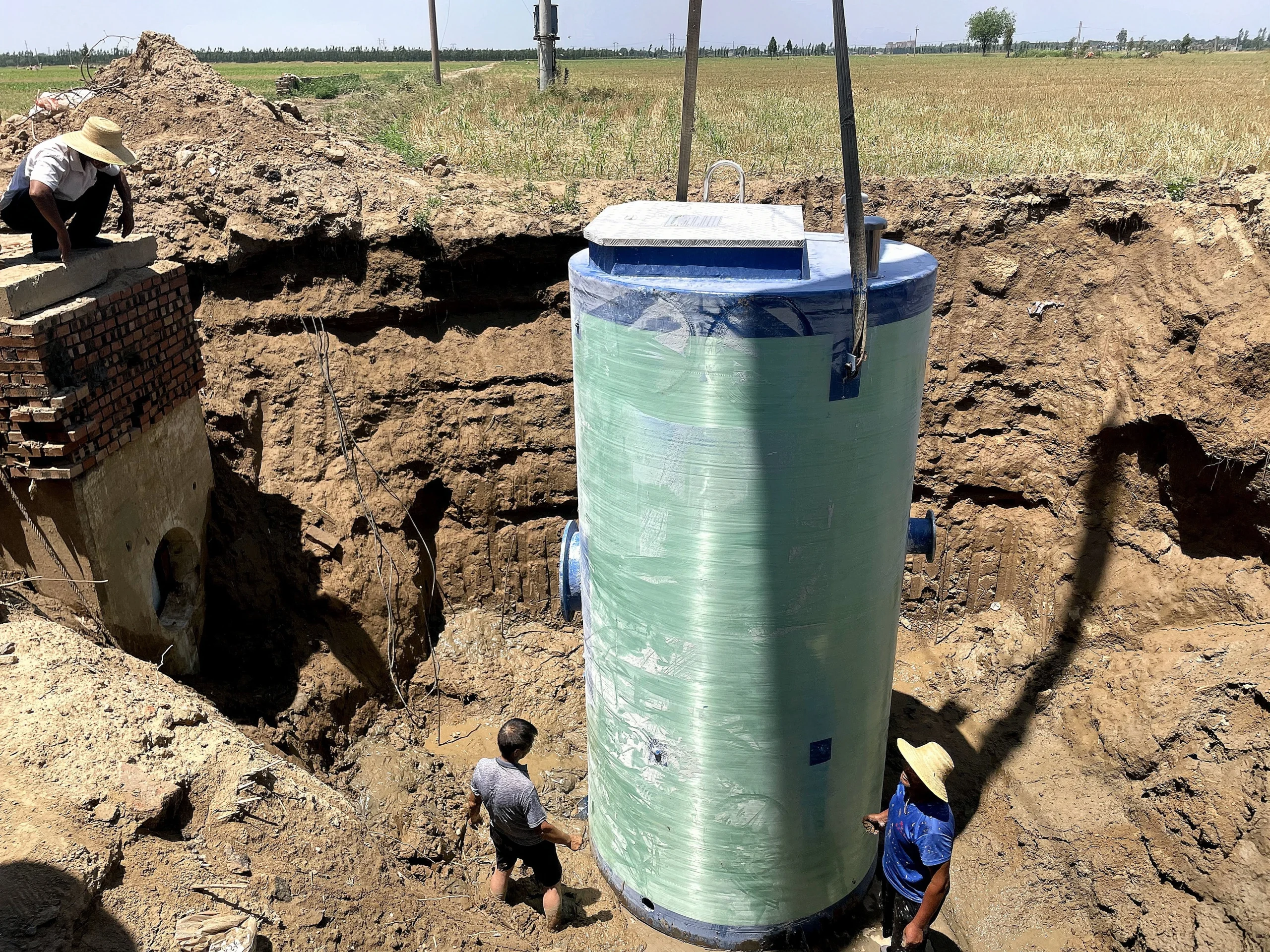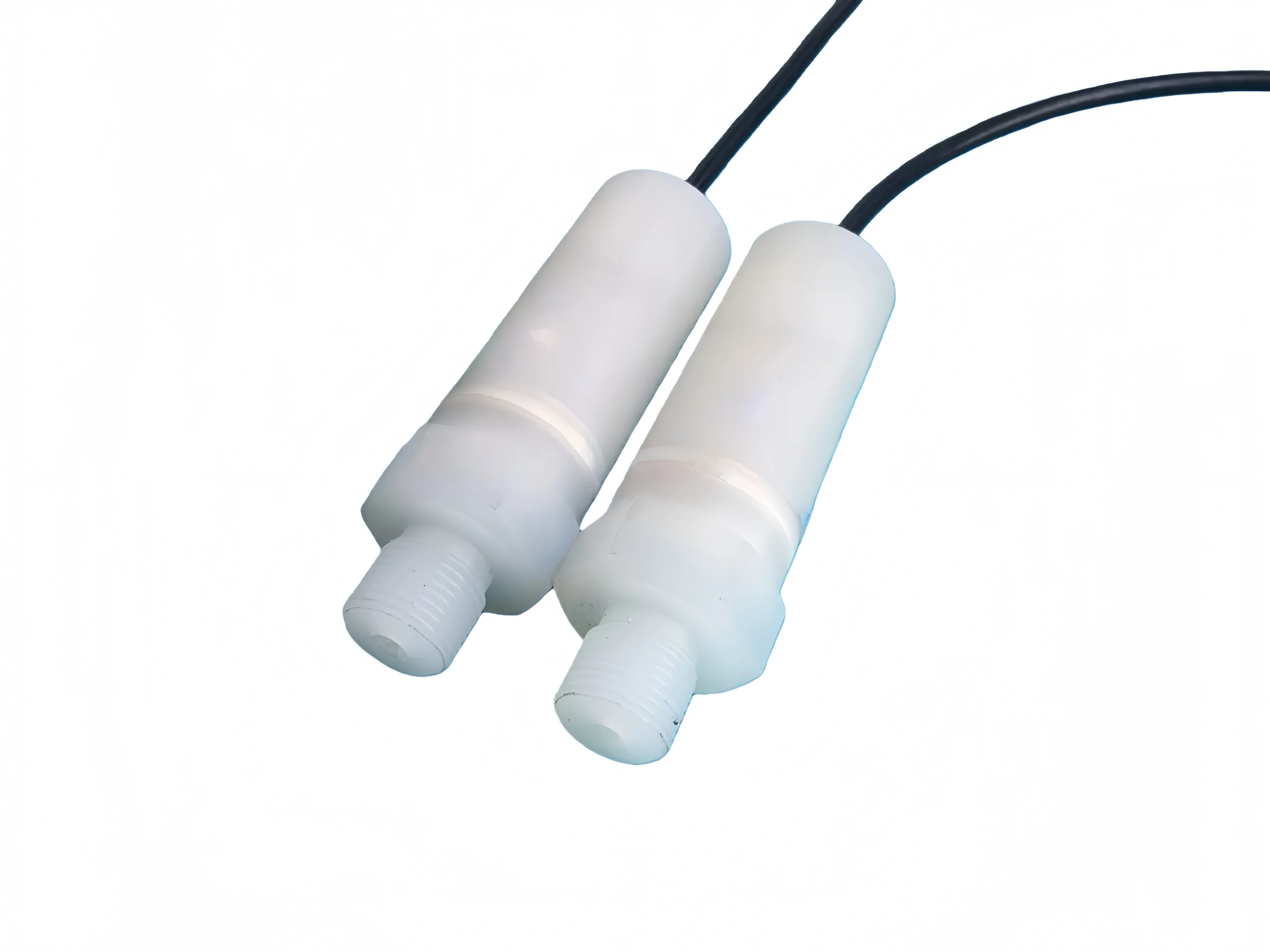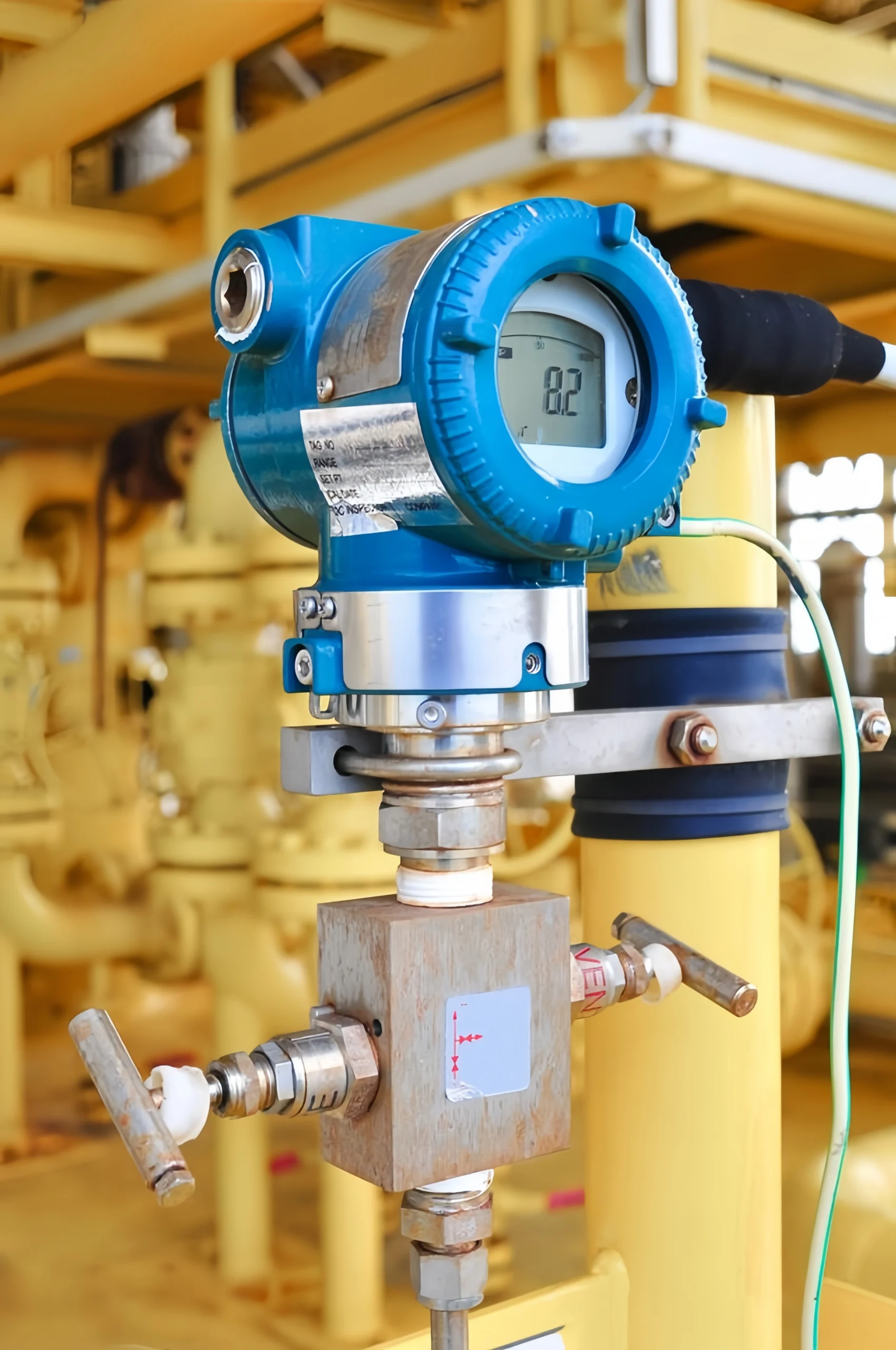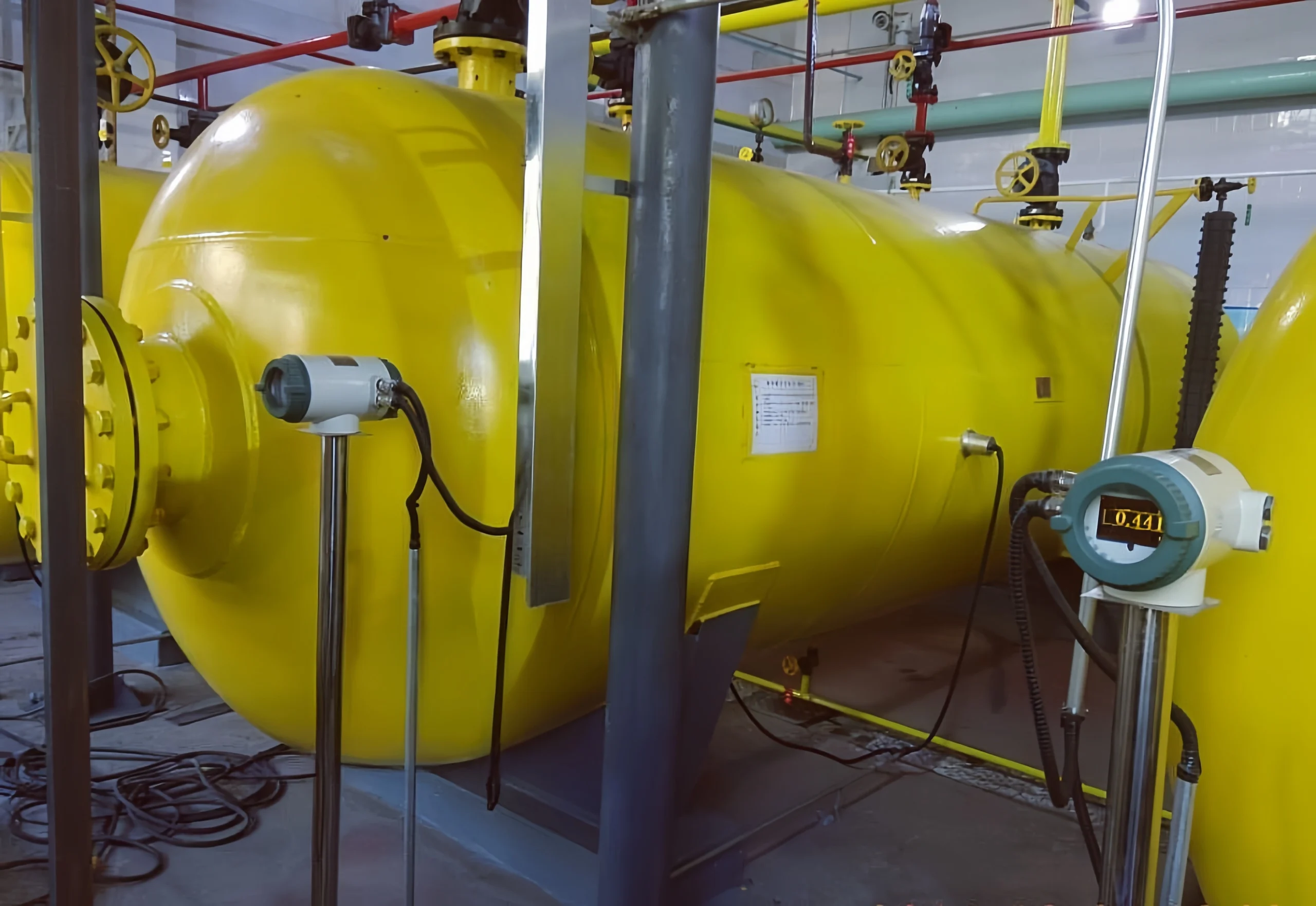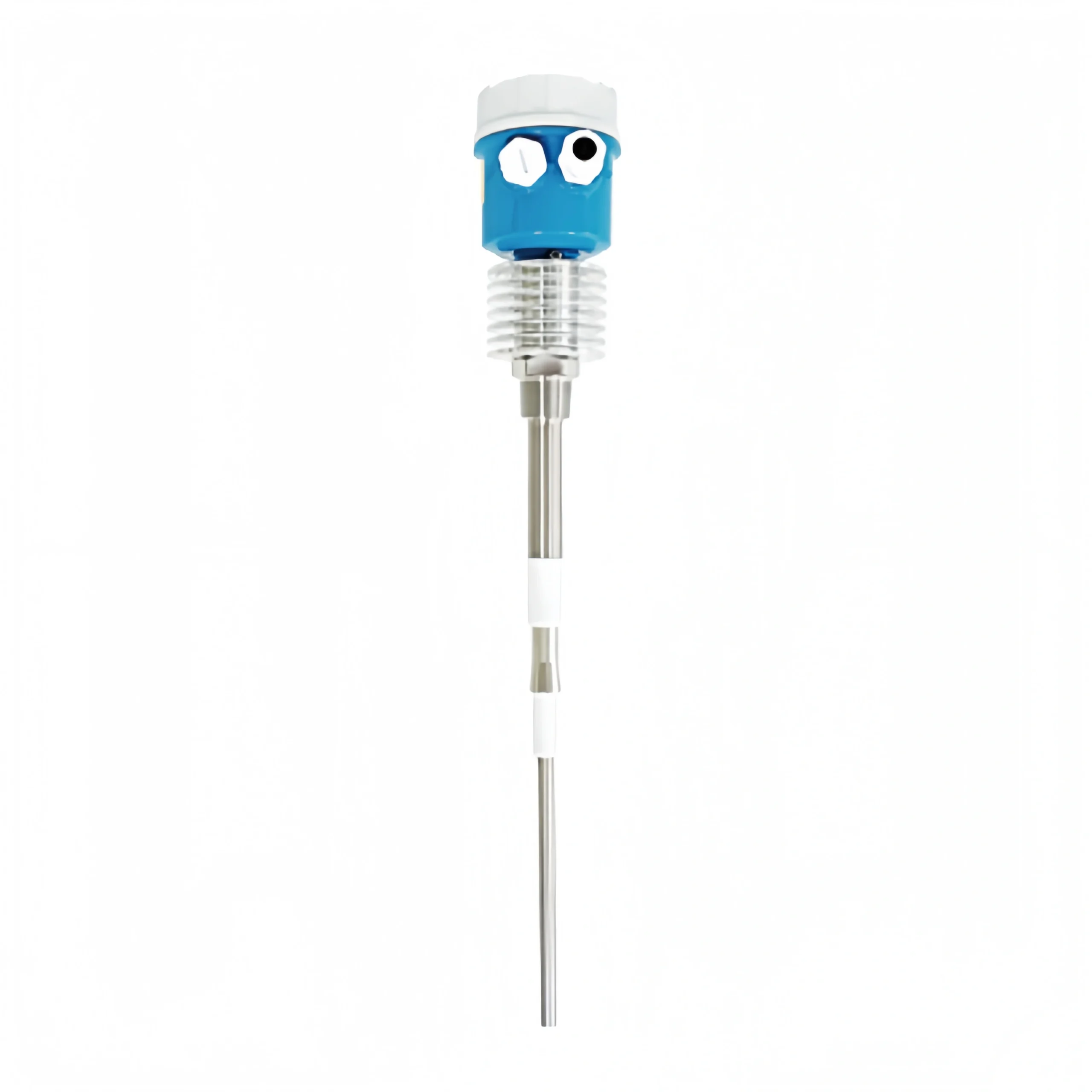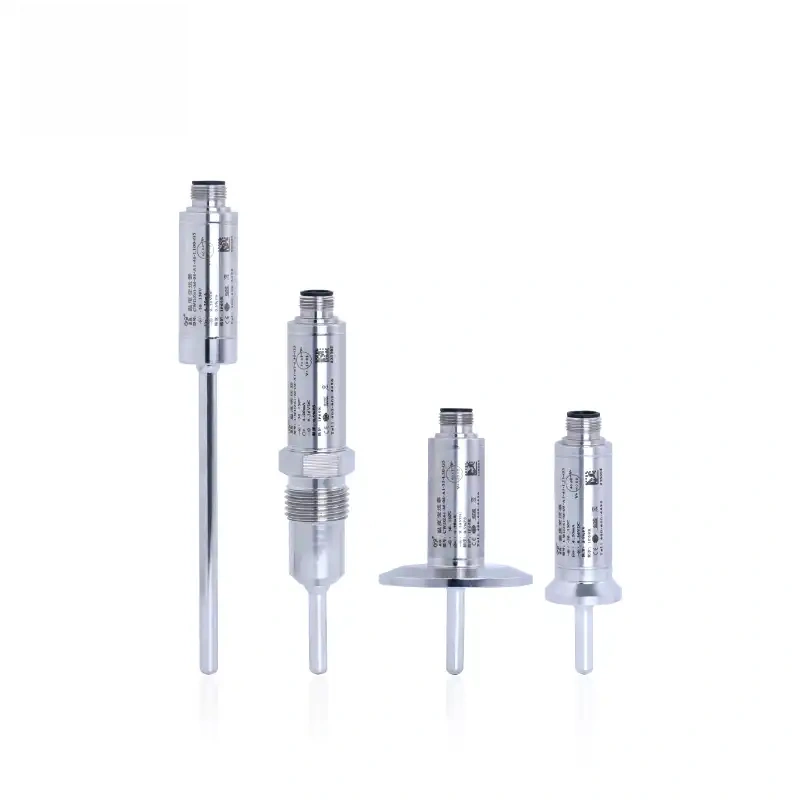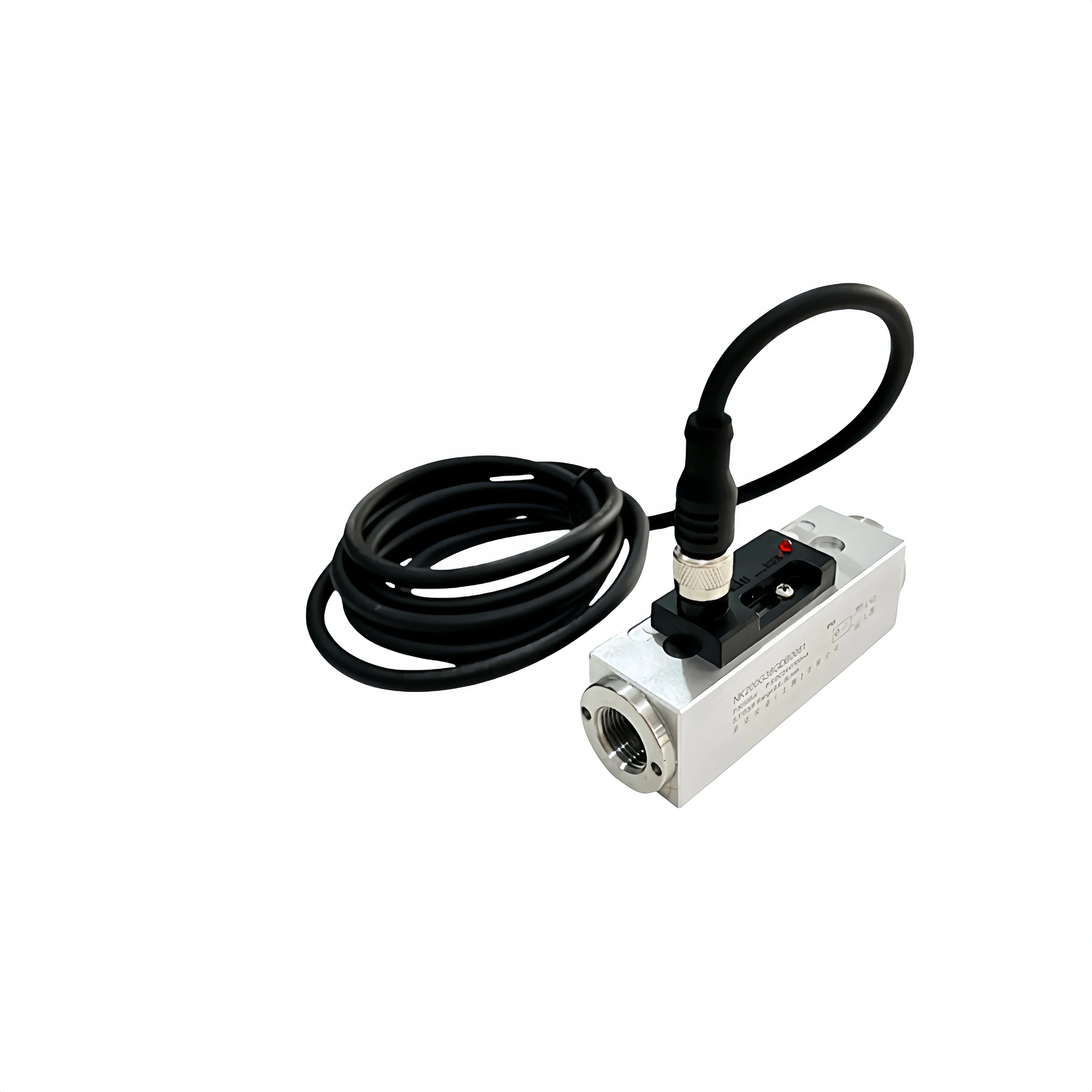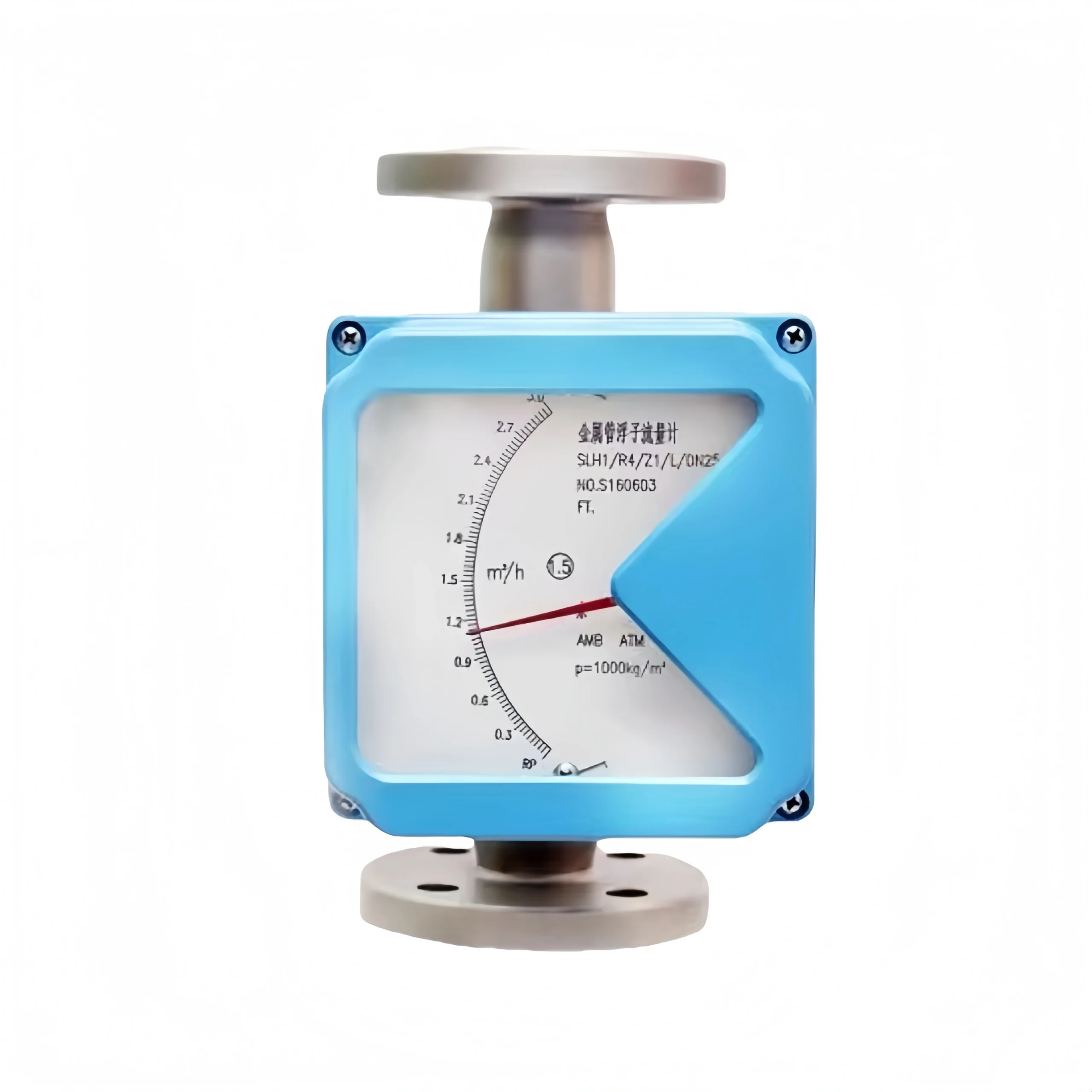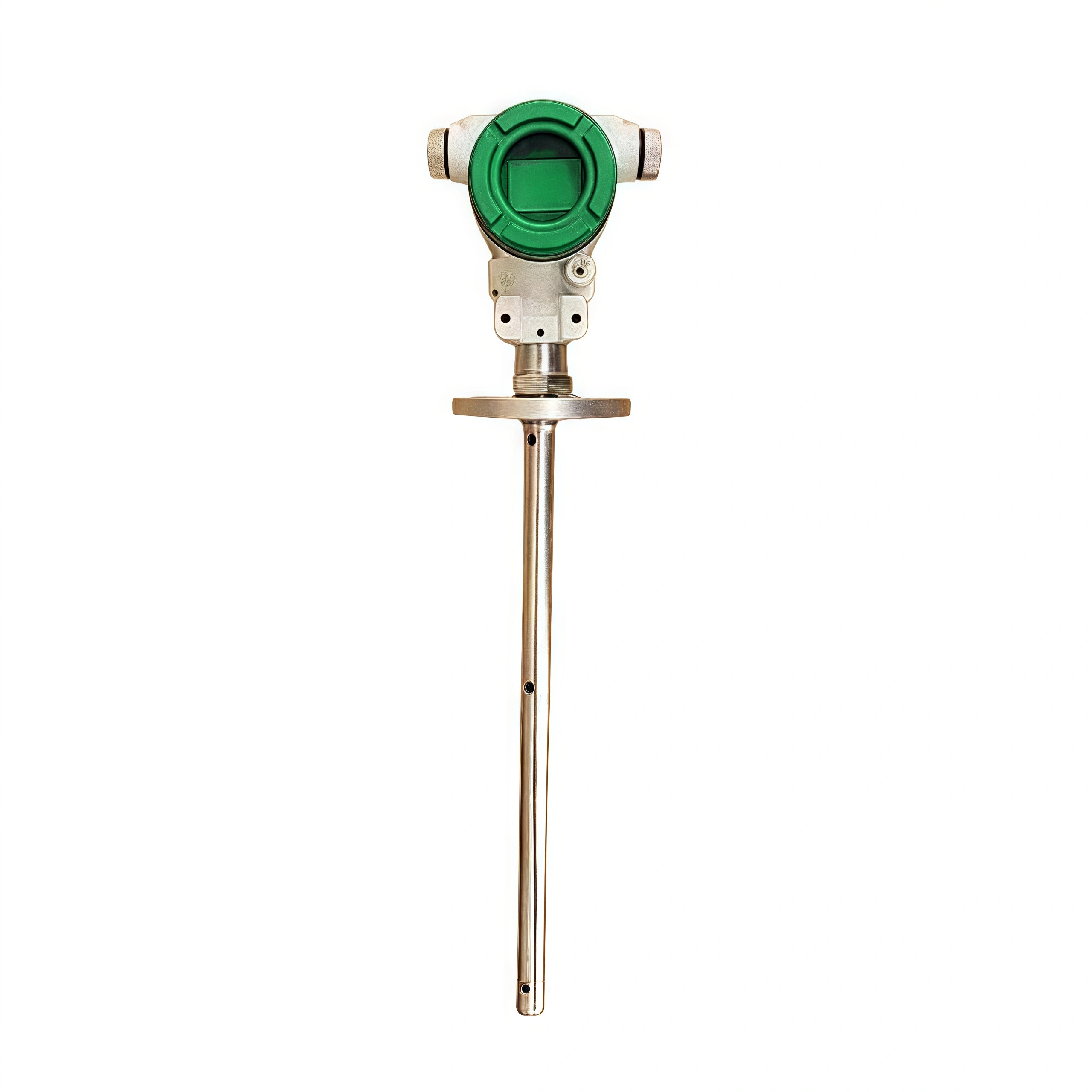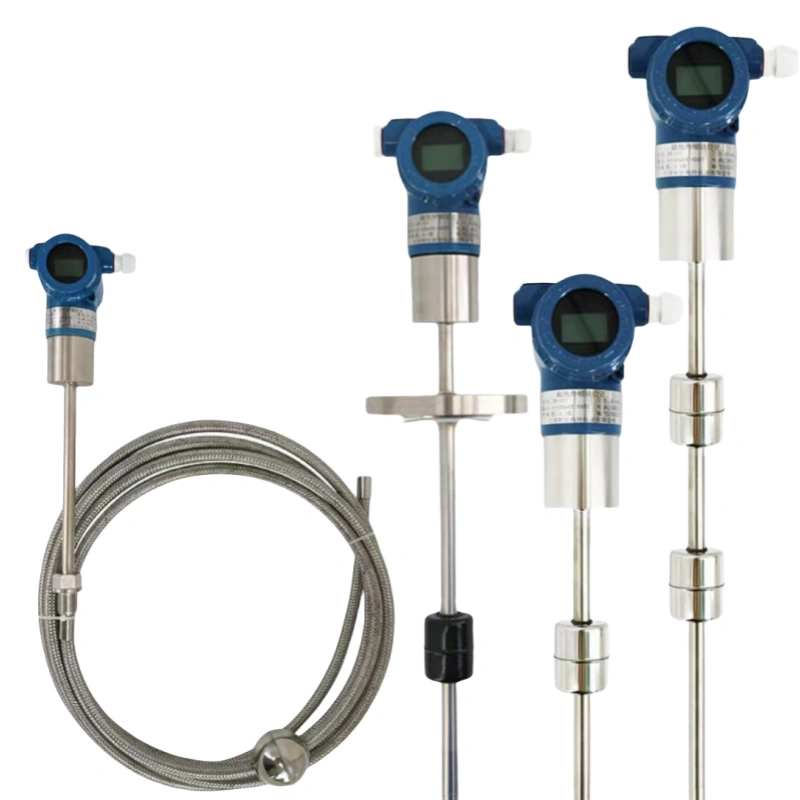Float level switches play an important role in today’s level control systems. Float level switches can be customized in a variety of materials depending on the nature of the medium being measured. Float level switches can be top or side mounted, depending on the actual operating conditions. Float level switches can be a flanged connection or a threaded connection.
There is a lot more to know about float level sensors. This article will introduce the knowledge of float level switches.
Read More about: Liquid Level Controllers and Level Switches
What is a Float Level Switch?
A float level switch is a device that measures and controls the level of the liquid. It starts or stops the equipment’s work according to the liquid level, forming an automatic control system. Float level switches are mainly divided into three categories: rod float level switches, cable float level and magnetostrictive float level switches.
Advantages:
- Simple structure
- Not easy to fail
- Long working life
- Strong resistance to load impact
- One product can realize multi-point control
- Cost-effective
Disadvantages:
- Accuracy is not very high
- Does not have a self-checking function
- Regular checking and maintenance are required.
- Poor measurement accuracy for viscous liquids
- Cannot work when viscosity is < 0.8MPa*s
- Requirements for pressure, density, and dielectric constant in the vessel
- Installation requires shutdown, tank cleaning, and drilling
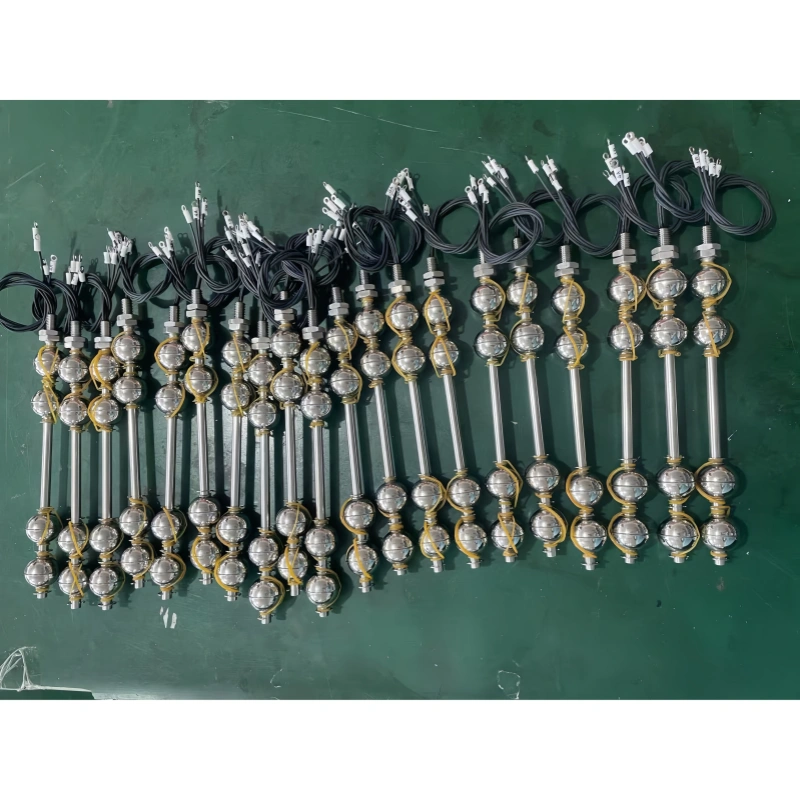
If you need to install without drilling, please refer to: Radar Level Switch and Ultrasonic Level Switch/Controller.
How Does a Float Level Switch Work?
A float switch is a commonly used liquid level controller. It is often used to control the height position of a liquid. It usually consists of a float and a switch connected to the float. When the liquid reaches a set level, the float floats, triggering the switch to act.
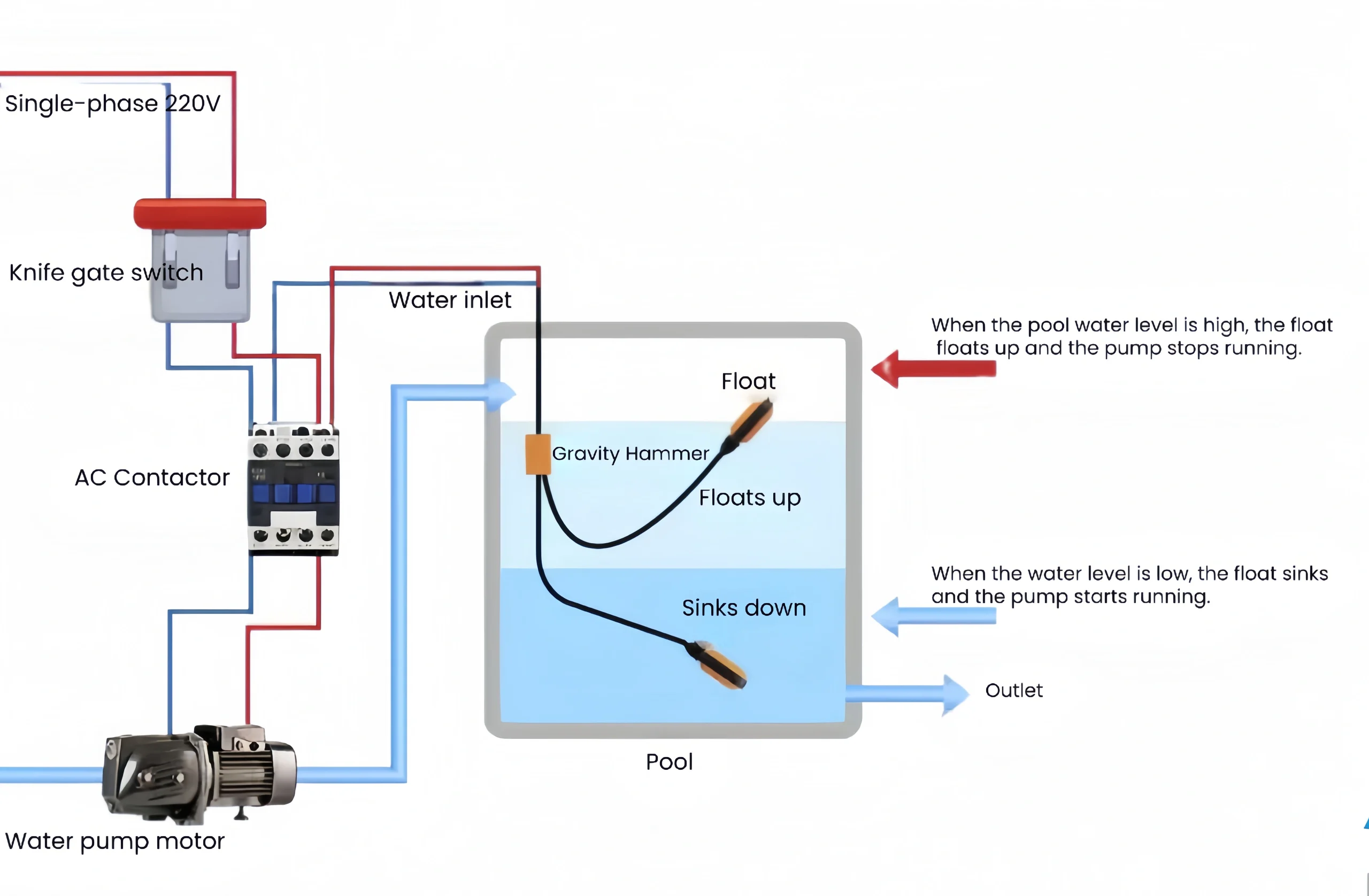
What Does a Float Level Switch Do?
Float Level Switches can operate in high temperature, high pressure and flammable and explosive environments. They can also measure viscous and corrosive media such as asphalt or waxy oils. When measuring viscous media, float level switches require polishing technology and regular maintenance. Magnetostrictive level switches can be used in situations where oil, gas and water are mixed.
Due to its simple structure, the float level switch is highly adaptable. Therefore, it is used in the following industries:
- Refining: for monitoring the liquid level of various storage tanks and reactors.
- Chemical industry: for controlling the liquid level of various chemicals to prevent overflow or drying out.
- Paper-Making: for monitoring the liquid level of pulp pools, water tanks and other equipment.
- Foodstuffs: Used to monitor the liquid level of foodstuffs raw materials and finished products.
- Wastewater treatment: for controlling the liquid level of sewage tanks, settling tanks and other equipment.
- Water treatment: Used to monitor the liquid level of equipment such as clear water tanks, filtration tanks and so on.
- Shipbuilding: for monitoring the liquid level of oil tanks, water tanks and other equipment of ships.
- Electricity: for monitoring the liquid level of the cooling water tower, transformer oil level and other equipment.
- Agricultural Irrigation: One of the key components in an automated control system to help achieve precision irrigation.
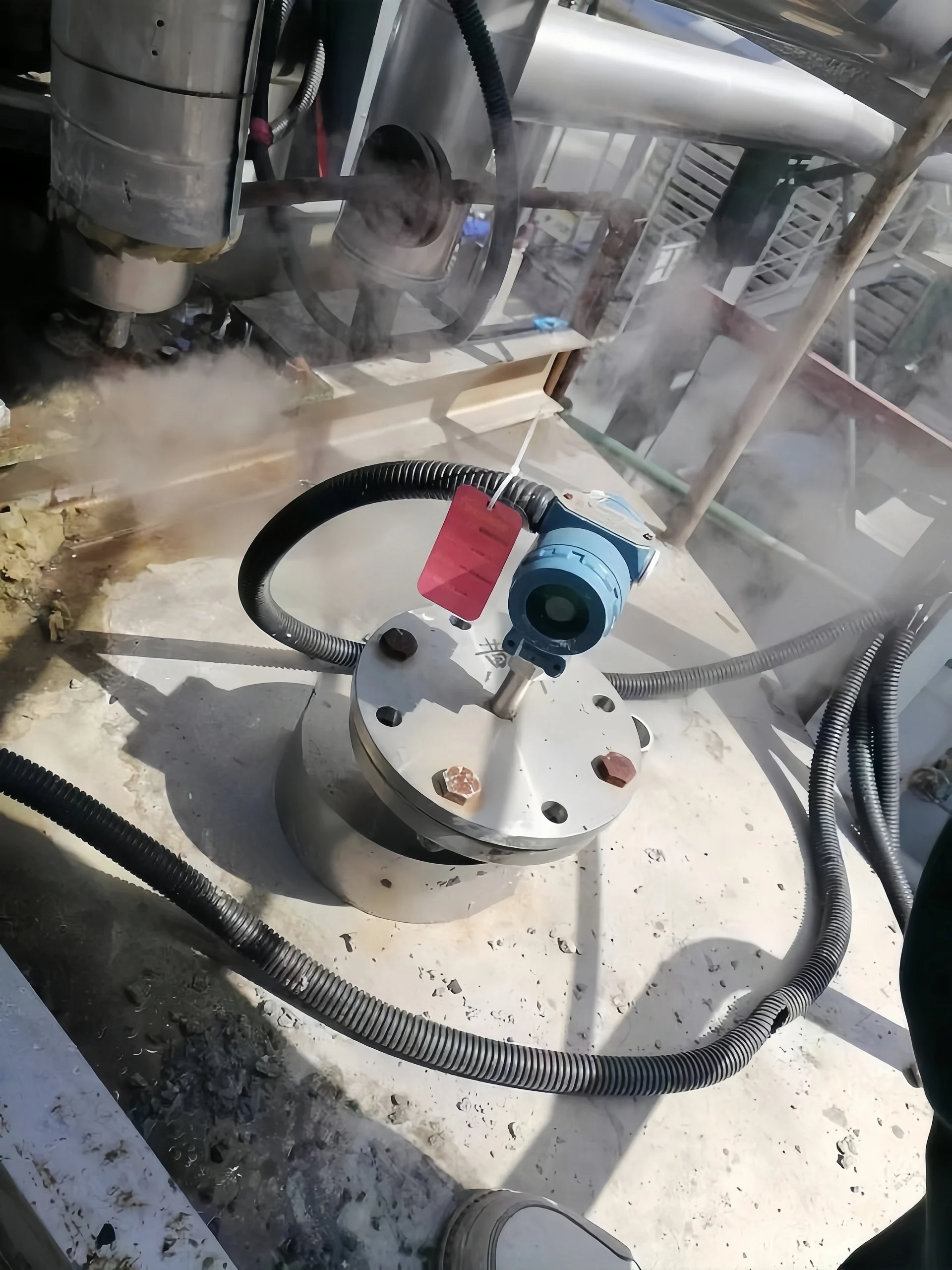
Electrical Float Level Switch Vs. Mechanical Float Level Switch
| comparison item | Mechanical Float Level Switch | Electrical Float Level Switch/Reed Switch |
| Core Working Principle | Based on a lever structure: Float driven by buoyancy lever – physically pressed – releases microswitch – turns circuit on/off | Based on magnetic coupling: The floats have built-in permanent magnets and move with the liquid level to the set position. The magnetic field causes the reed switch in the sealed conduit to engage, outputting a switching signal (no physical contact). |
| Applicable Scenarios | Limited budget, need to control costs Liquid is water, oil and other non-corrosive. No strong vibration/shock on site. No external power supply, simple wiring required. | Corrosive liquids such as acids, alkalis, salt solutions, sewage, etc. Vibrations on site or high reliability required. High viscosity of liquids that may adhere to. Higher current loads to be controlled. |
| Advantages and Disadvantages | Advantages: simple structure, low cost, simple wiring, no need for a power supply Disadvantages: susceptible to corrosive/viscous liquids, mechanical wear, poor vibration resistance, narrow range of application | Advantages: corrosion resistance, vibration resistance, no mechanical wear and tear, long life, explosion-proof adaptable, adaptable to high-viscosity liquids, and controllable high-current Disadvantages: high cost, relatively complex structure and use |
How to Choose a Suitable Float Level Switch?
When selecting a float level switch, media characteristics, environmental conditions and functional requirements must be considered.
For viscous liquids, large-diameter floats should be used.
Corrosive media need to match the corresponding corrosion-resistant materials.
Explosion-proof places must choose certified products.
Installation is also important. The top-mounted models are suitable for closed vessels and the side-mounted models for ease of maintenance.
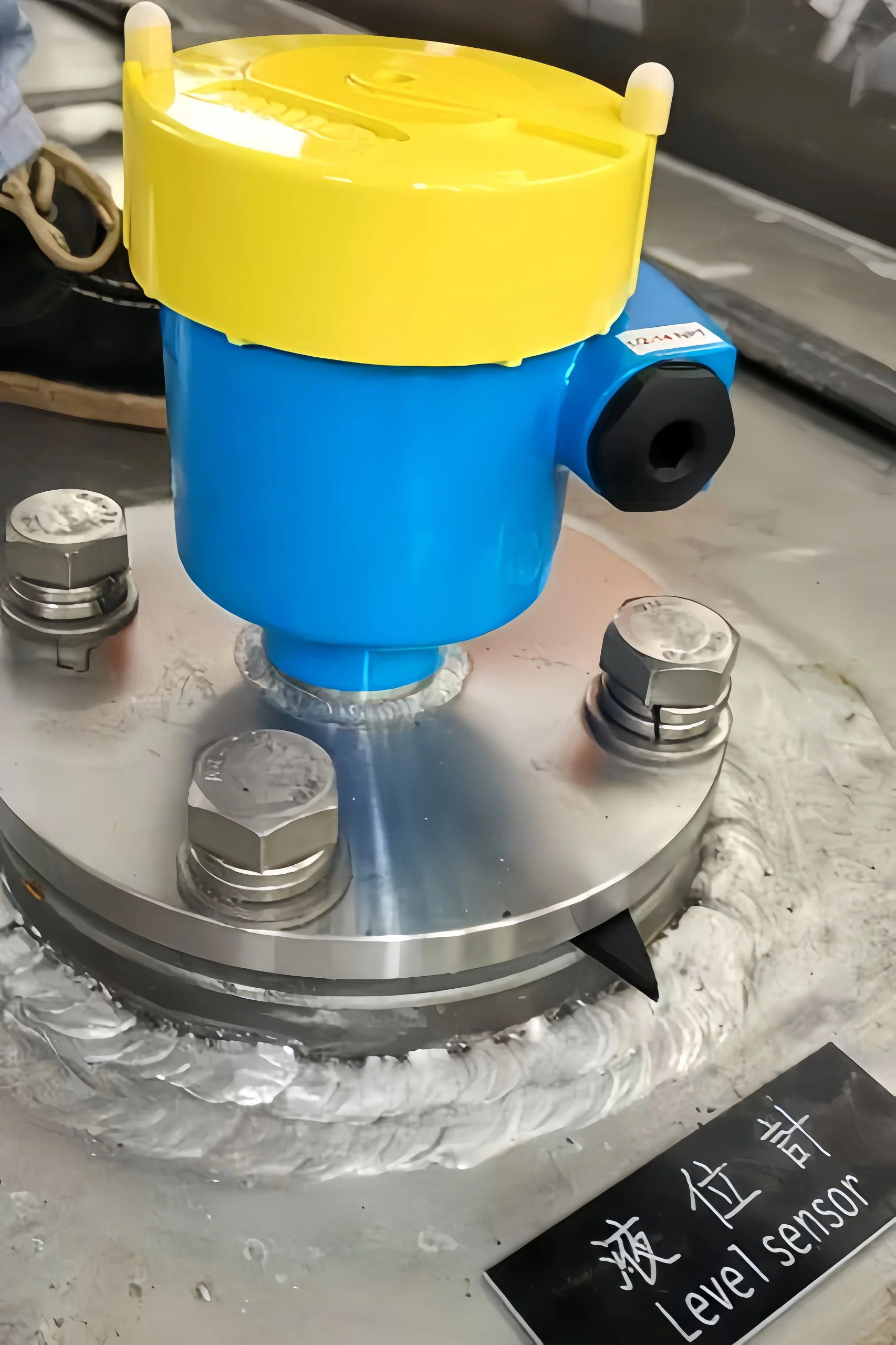
Sino-Inst Featured Level Switch/controller
How to Install a Float Level Switch?
Float level switches are mainly available in two ways: flange connection and threaded connection. The following will introduce the two installation methods.
The flange fixing method is suitable for situations where the float switch needs to be fixed to the pipeline. First, open a hole in the piping at an appropriate location, then align the flange of the float switch with the hole and bolt it to the piping. Ensure that the bolts are tightened securely. And add an appropriate sealing gasket between the flanges to ensure a tight installation.
The threaded fixing method is suitable where the float switch needs to be fixed to a vessel or storage tank. First, open a suitably sized hole in the vessel. Then insert the threaded portion of the float switch into the hole and secure it with a nut or threaded connection. Make sure the threaded connection is tight to prevent the float switch from coming loose or leaking.
Refer to the operation manual provided by the supplier for specific installation methods. If you encounter problems during installation, please contact a professional.
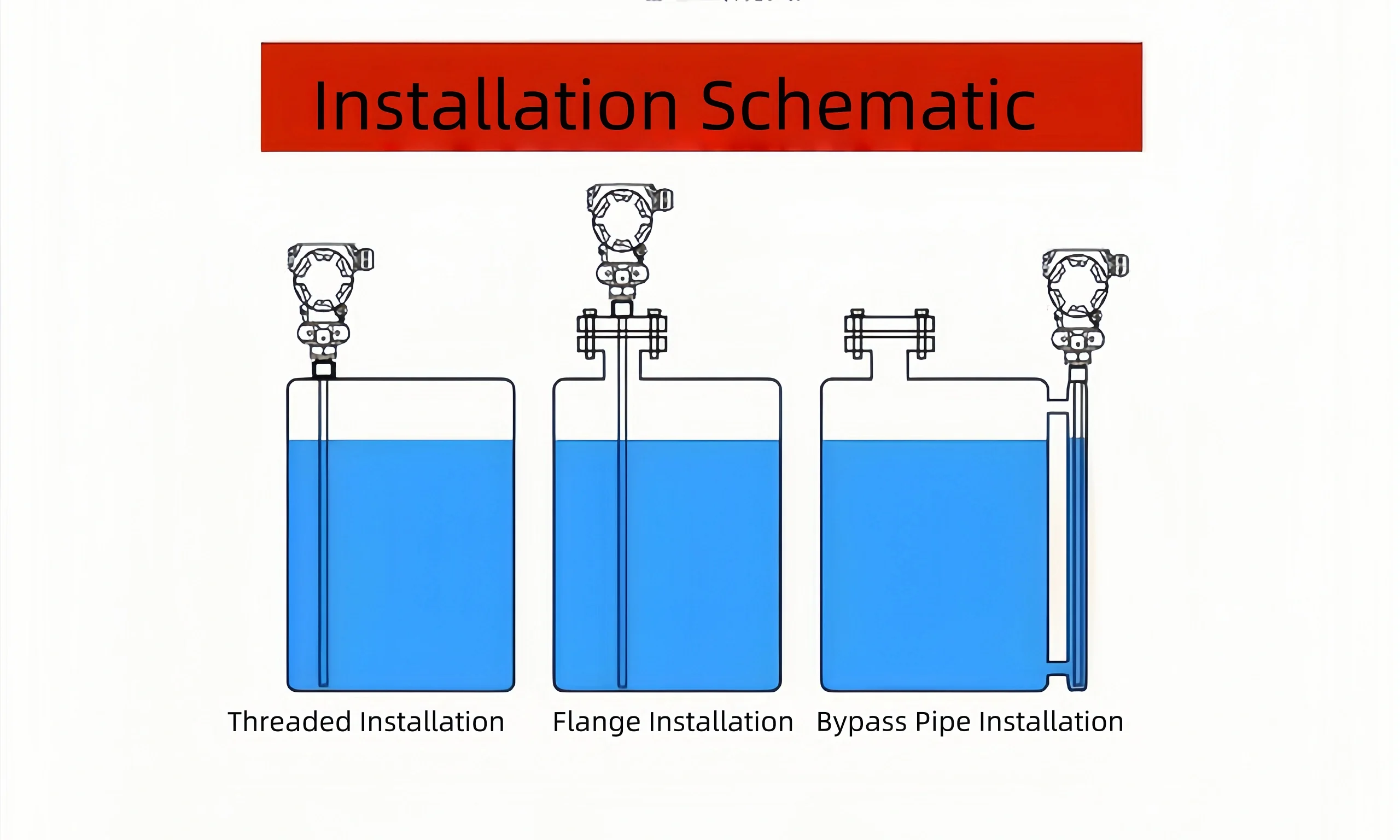
How to Wire the Float Level Switch?
Three wires of a float level switch
Float level switches usually have three wires: COM (common terminal), NO (normally open terminal) and NC (normally closed terminal). The wiring methods for these three wires vary depending on the specific application requirements.
1. Wiring Method 1: Normally Open Connection
Normally open connection means that NO is connected to COM and NC is not wired. This wiring method is suitable for the scenario where the control signal is triggered when the liquid level is lower than the set value. When the liquid level is lower than the set value, the switch is disconnected and NO is not energized; when the liquid level is higher than the set value, the switch is closed and NO is energized.
2. Wiring Method 2: Normally Closed Connection
Normally closed connection refers to connecting NC to COM, while NO is not wired. This wiring method is suitable for the scenario where the control signal is triggered when the liquid level is higher than the set value. When the liquid level is higher than the set value, the switch is disconnected and NC is not energized; when the liquid level is lower than the set value, the switch is closed and NC is energized.
3. Wiring Method 3: Normally Open and Normally Closed Connection
Normally Open and Normally Closed Connection refers to connecting NO to COM, and at the same time connecting NC to COM. This wiring method is suitable for the scenario where two signals need to be controlled at the same time. When the liquid level is lower than the set value, the switch is disconnected, NO is not energized, and NC is energized; while when the liquid level is higher than the set value, the switch is closed, NO is energized, and NC is not energized.
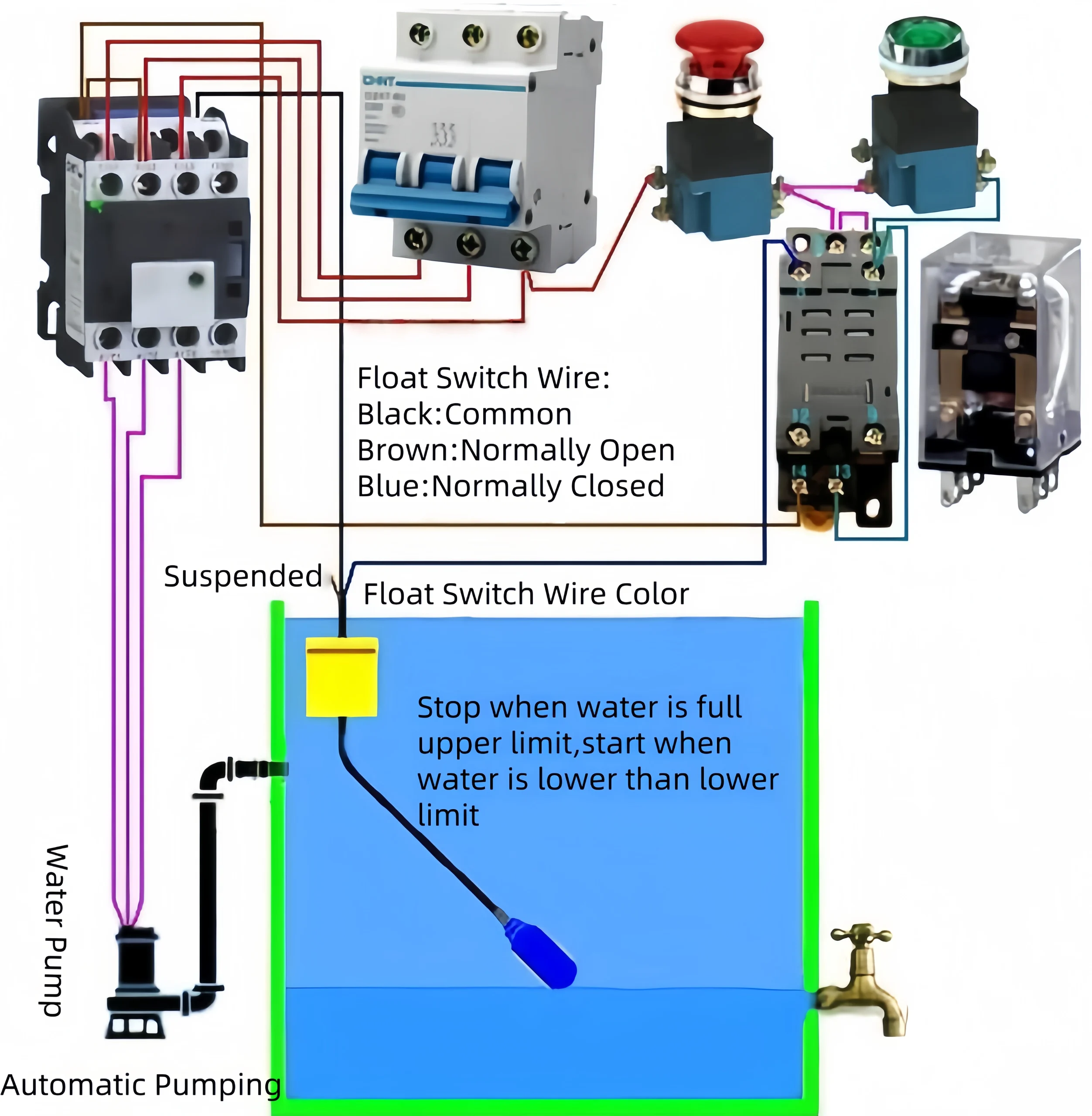
How to Calibrate Float Type Level Switches?
Regular calibration of float level switches ensures accurate measurement results.
Calibrate the float level switch using a standard level calibration device at the specified calibration intervals. The measurement results are compared with the standard level values and adjustments and corrections are made according to the deviations.
During the calibration process, ensure that the accuracy of the calibration equipment is higher than the accuracy requirements of the float level. Ensure the accuracy of the calibration.
Calibrate the float level switch at least once a year by adjusting the parameters of the signal conversion device or fitting corrections to the measured data.
If you encounter problems during the calibration process. please contact a professional technician for answers.
What happens when a float switch goes bad?
The float is stuck
The trouble phenomenon is that the alarm light in the control room is always on, or the liquid level has been too high, too low. And it is neither an alarm nor any switch action. The float is stuck at most of the measured level of the surface of the oil, impurities caused by.
When the liquid level drops, some of the oil and impurities above will accumulate in the float and lever connection, resulting in the float not working properly. This type of failure often occurs in the detection of a high liquid level float level controller. Detect the low level of the float level switch, most of the container is too much silt, causing the float to be stuck in the fault!
Float drop off
longer service life of the instrument, due to corrosion of the float connection. Result in the float being off.
The magnet steel demagnetization
Long-term use, the magnetism of the float end of the magnet steel 1 will be weakened. When the float goes up and down, there is not enough magnetic force to repel the same magnetic pole of magnet steel 2 up and down swing. So that the state of the microswitch can not be switched.
The switch false alarm
The reason is oxidation, corrosion of the microswitch contact is poor. The terminal into water triggered by the failure.
Improper installation location
The float level controller is installed in the liquid near the inlet and outlet. Affected by the rapid flow of liquid, the liquid level fluctuations will be very large. So that the float fluctuations become larger, resulting in frequent switch action and failure.
How do I adjust the float level?
The adjustment method of the liquid level float switch is very simple.
First, you need to install the switch in a suitable position. And then, put the float into the water and adjust the position of the float so that it can accurately control the water level.
Specifically, this can be done by adjusting the fixed position of the float or adjusting the sensitivity of the switch. If a higher water level needs to be adjusted, the float can be moved upward. If you need to adjust the water level lower, you can move the float down.
What is the most reliable float switch?
Sino-Inst’s float level switch is the most trustworthy. Sino-Inst’s float level switch has gone through multiple tests. It has high precision and quality. Our float level switches can be customized to suit a wide range of complex working conditions.
In short, a float level switch is the best choice for many application scenarios. If you need to buy a float level switch to control the liquid level, please choose Sino-Inst. We are a level switch supplier from China. Our craftsmanship allows us to strictly control the quality of our products. We have a perfect after-sales service system and a one-year warranty for you to buy with confidence. Choose us, and you will have a perfect shopping experience.


